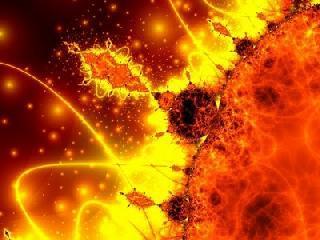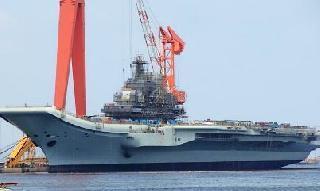
WASHINGTON (PTI): A solar storm of charged particles which erupted two days ago hit the Earth Friday but did not cause any of the geomagnetic disruptions that scientists feared.
The storm, which scientists claimed to be the largest in five years, was triggered by a pair of solar flares early Tuesday and is growing like a giant soap bubble.
"The coronal mass ejection (CME) associated with the R3 (Strong) Radio Blackout event from 0024 UTC March 7 (7:24 p.m.EST March 6) arrived at ACE at 1045 GMT today (15:15 IST)," National Oceanic and Atmospheric Administration (NOAA) said.
"All told, it's not a terribly strong event," said physicist Joe Kunches of the National Oceanic and Atmospheric Administration (NOAA).
The solar outburst struck Earth's magnetic field around 6:05 a.m ET, Kunches said, cutting some radio communications at the poles, but it didn't upset electronics and communications elsewhere.
Earlier Kunches said, "Space weather has gotten very interesting over the last 24 hours."
"This was quite the Super Tuesday -- you bet," Kunches was quoted as saying by SPACE.com.
Several NASA spacecraft caught videos of the solar flare as it hurled a wave of solar plasma and charged particles, called a coronal mass ejection (CME), into space.
Early predictions estimated that the CME will reach Earth at 5pm (India time) today, with the effects likely lasting for 24 hours, and possibly lingering into Friday, Kunches said.
The solar eruptions occurred when the Sun let loose two huge X-class solar flares that ranked among the strongest type of Sun storms. And the biggest of those flares registered as an "X5.4 class" solar storm on the space weather scale and the CME from this flare is the one that could disrupt satellite operations, Kunches said.
 Previous Article
Previous Article Next Article
Next Article













The Indian Air Force, in its flight trials evaluation report submitted before the Defence Ministry l..
view articleAn insight into the Medium Multi-Role Combat Aircraft competition...
view articleSky enthusiasts can now spot the International Space Station (ISS) commanded by Indian-American astr..
view article